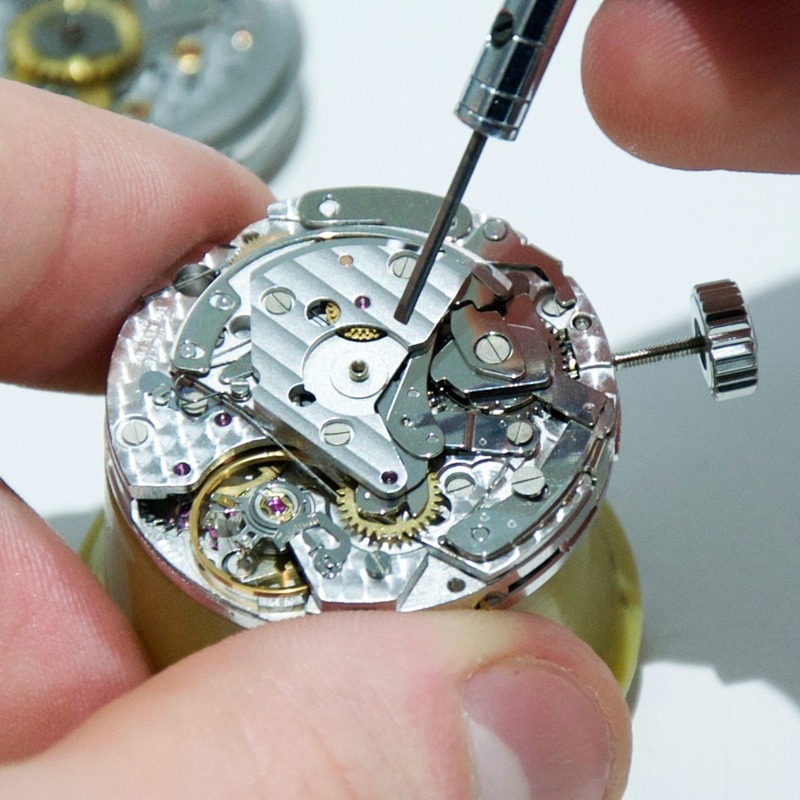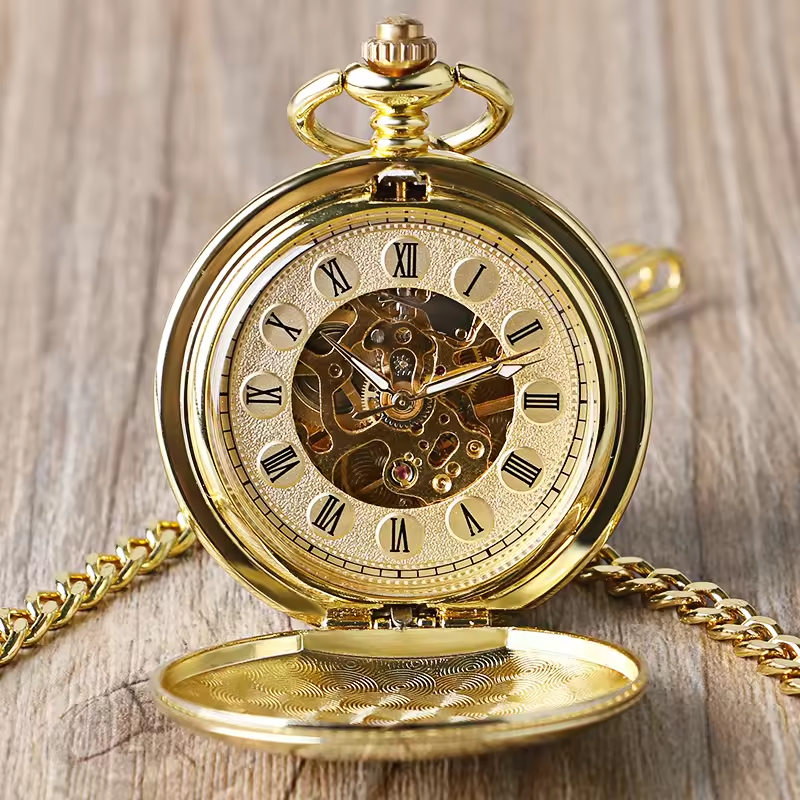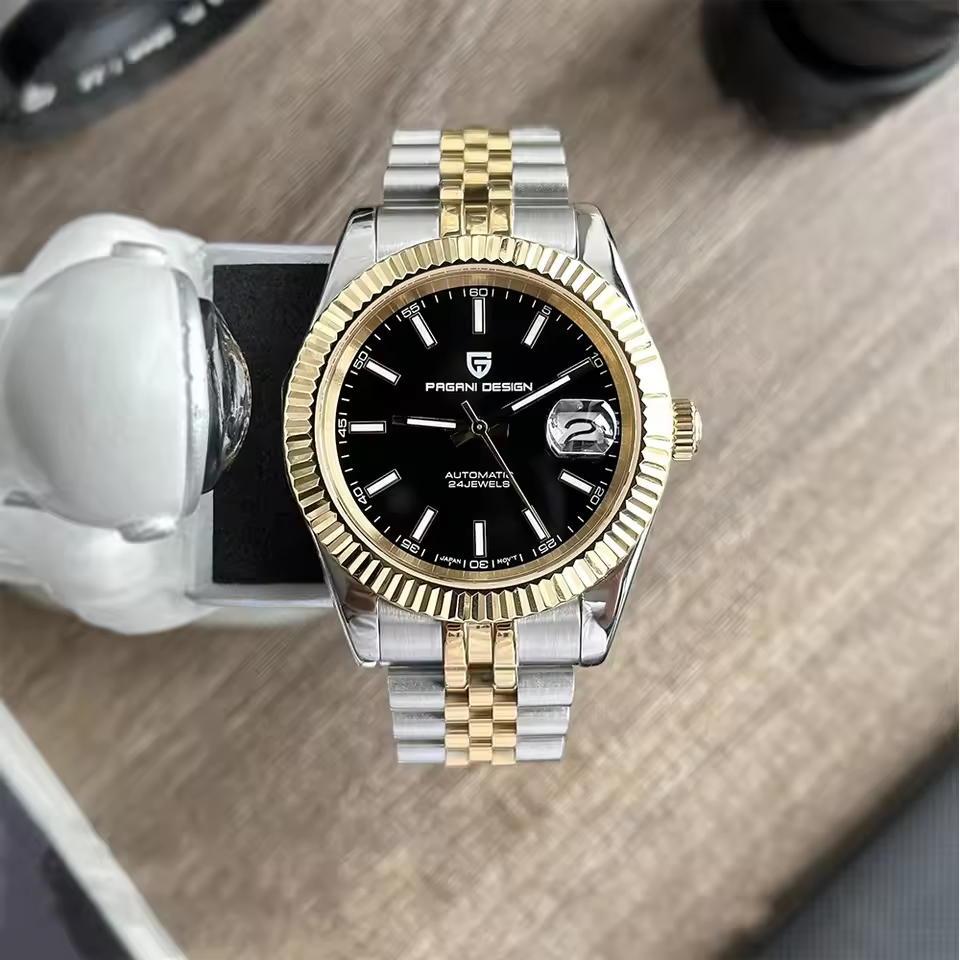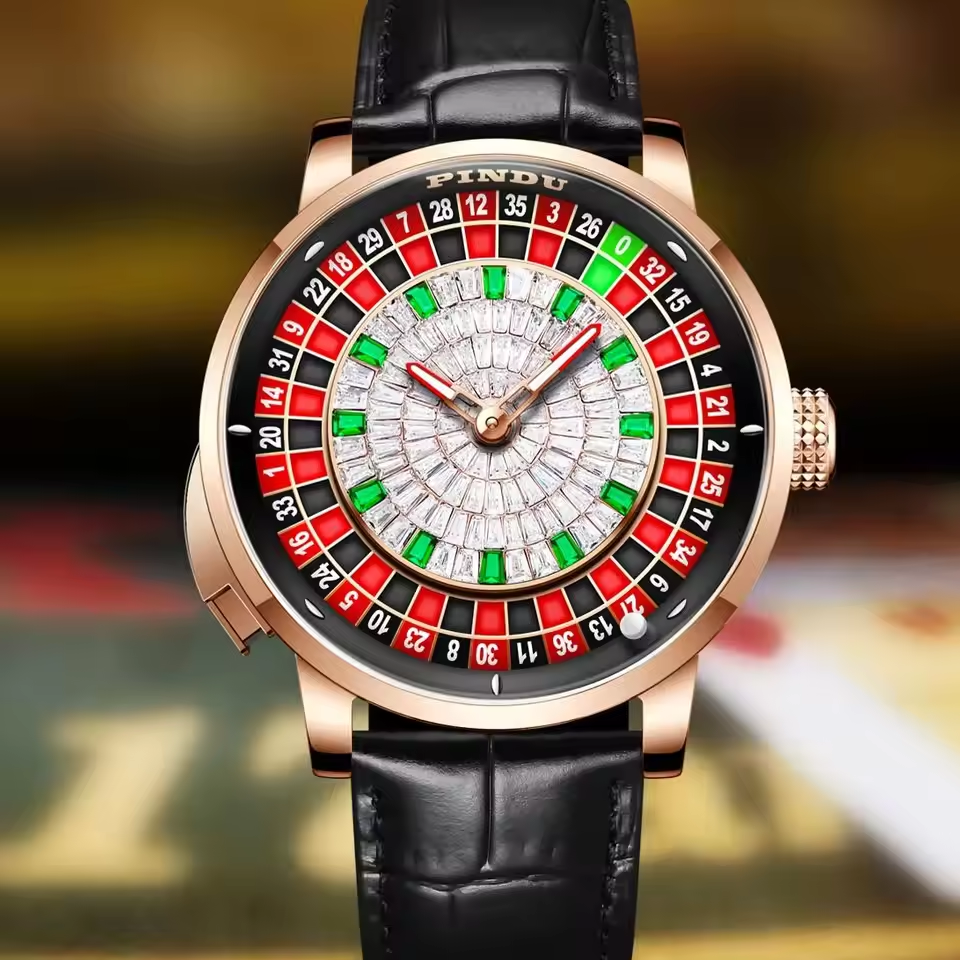Introduction
The Allure of Mechanical Watches
Mechanical watches embody the pinnacle of engineering and craftsmanship. Each component must be meticulously designed and precisely manufactured to ensure the watch operates correctly and reliably. The movement inside these watches tells not just the time but also a story of tradition, innovation, and meticulous artistry. As you explore the inner workings, you will come to appreciate why these timepieces are considered works of art.
Overview of Mechanical Watches
Mechanical watches stand apart from quartz watches primarily because of their reliance on intricate mechanical parts. While quartz watches use battery-powered movements, mechanical watches harness kinetic energy through springs and gears. The magic of these watches lies in their internal movements, which not only keep time but also showcase the meticulous engineering involved.
Distinction Between Mechanical and Quartz Watches
The core difference between mechanical and quartz watches is the source of power. Mechanical watches operate through a series of springs and gears. In contrast, quartz watches use a battery to power a small quartz crystal, which ticks at a consistent frequency. As a result, mechanical watches often require regular winding or wrist movement, while quartz watches are largely set-it-and-forget-it devices.
For horologists and watch collectors alike, understanding watch movements is vital. The heart of a mechanical watch is its movement, or “caliber.” This term refers to not only the mechanism that drives the watch but also its overall design and dimensions. Movement types are divided into manual and automatic styles, each with unique characteristics and maintenance requirements. By recognizing the various parts that compose a mechanical watch, you’ll gain a deeper appreciation for these timepieces, making your journey through the world of horology more enriching.
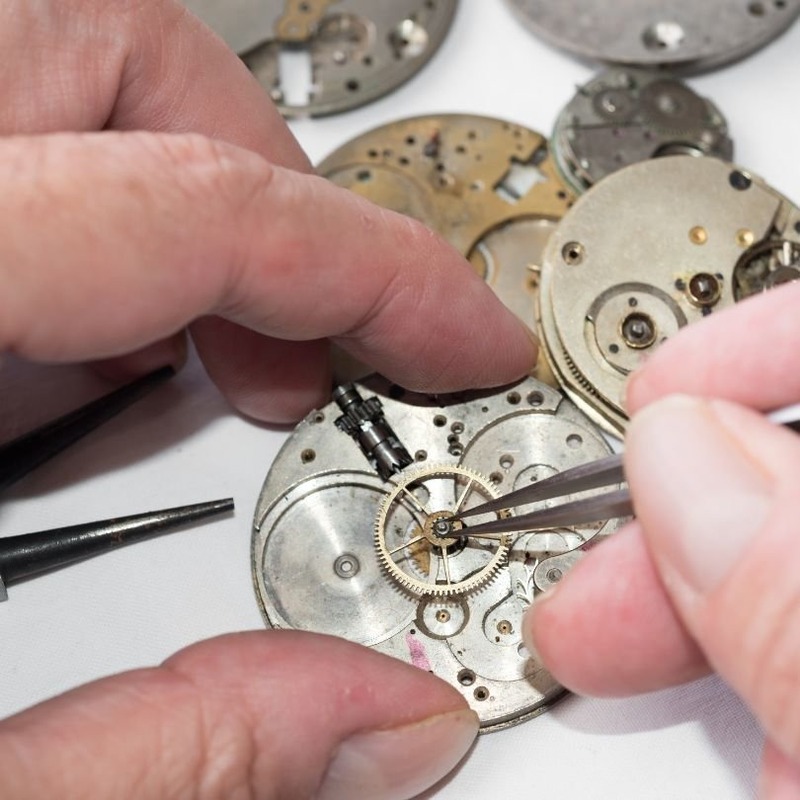
Key Parts of a Mechanical Watch
Mechanical watches consist of numerous parts, each contributing to the watch’s overall performance. Understanding these components is the first step towards true appreciation. Below, we will provide a detailed breakdown of the main parts of a mechanical watch, using a labeled diagram to assist visual learners.
The Movement (Caliber)
The movement, also known as caliber, is at the center of a mechanical watch. The term refers to the mechanism that drives the watch, encompassing the entire system of gears and springs. The caliber is critical because it affects everything from accuracy to power reserve. Consisting of small gears, springs, and levers, the movement powers the entire system. Whether you are admiring your watch’s performance or witnessing the intricate mechanics in action, the caliber defines your watch’s functionality.
The Main Plate
Supporting the entire assembly, the main plate is the foundational element of a mechanical watch. It serves as the base on which the other components are mounted. This plate is crucial for maintaining structural integrity while allowing for the precise arrangement of gears and other parts. The craftsmanship involved in creating this component is remarkable and often reflects the watchmaker’s expertise and attention to detail.
The Gear Train
The gear train plays a crucial role by transmitting energy from the mainspring to the escapement. This system is intricate, consisting of multiple gears that regulate the flow of energy. The gear train converts energy stored in the mainspring into controlled motion, enabling the watch to progress smoothly, keeping accurate time. The design and efficiency of the gear train can significantly influence the reliability of the watch.
The Escapement Mechanism
The escapement mechanism acts as a regulator for the timekeeping function. It controls the release of energy from the mainspring to the gear train, ensuring that the watch ticks at a consistent rate. Without this part, the watch would run untethered, losing precision. The escapement is often regarded as one of the most critical parts of a mechanical watch because it balances the energy supplied and regulated timing.
The Balance Wheel
The balance wheel plays a vital role in determining the accuracy of the mechanical watch. This small but essential component oscillates back and forth, regulating the movement’s speed. The balance wheel’s precise actions allow the watch to maintain steady time. Variations in temperature, lubrication issues, or dust accumulation can affect its performance, making proper care essential. A well-tuned balance wheel signifies the skill and expertise of the watchmaker.
The Mainspring
The mainspring is the power source of any mechanical watch. It stores energy when wound, releasing it gradually to power the various functions of the watch. Mainsprings can vary in size and material, impacting their elasticity and energy storage capacity. The strength and functionality of the mainspring directly influence the watch’s power reserve, which indicates how long it can run without needing to be wound. Enthusiasts often appreciate the craftsmanship involved in the design of the mainspring.
The Crown
The crown is the small knob located on the watch case, typically found on the side. This vital component allows users to wind the watch manually and set the time. A well-designed crown ensures a user-friendly experience, providing easy access for adjustments. Different crown designs exist, from screw-down crowns that enhance water resistance to classic push-pull versions. The crown’s design often reflects the overall aesthetic of the watch.
The Hands
The hands of a watch indicate the time. Generally, there are three main types: the hour hand, the minute hand, and the second hand. Each hand performs a crucial function, allowing users to read the time quickly and accurately. Watchmakers often pay great attention to hand design, using various materials and styles to enhance readability and aesthetics.
The Dial
The dial is the face of the watch, displaying both the time and other essential functions. It often features markings, numerals, and sub-dials that add character to the timepiece. An aesthetically pleasing dial captures the spirit of the watch and enhances its overall appeal. Material choices, colors, and finishes can greatly influence a watch’s desirability.
The Crystal
The crystal protects the watch’s dial from scratches and damage. Various materials may be used for this part, including sapphire, mineral glass, or acrylic. Each material has distinct advantages and disadvantages in terms of durability, clarity, and weight. High-quality crystals improve visibility and enhance the overall robustness of the watch. For example, sapphire crystal is highly scratch-resistant, making it a popular choice for luxury timepieces.
The Case
Finally, the case encases all the components of the mechanical watch. It serves both aesthetic and protective purposes, providing structural integrity and shielding the inner workings from environmental factors. Different materials are used to create cases, including stainless steel, gold, or titanium. The choice of case material often reflects the wearer’s personal style and can significantly influence the watch’s overall feel.
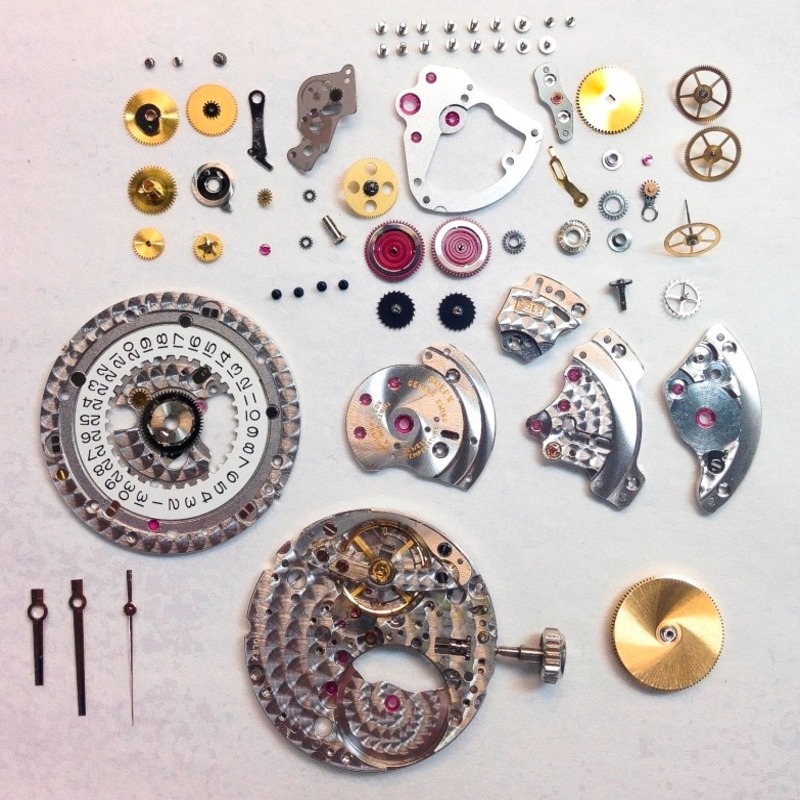
Types of Mechanical Movements
Understanding the types of mechanical movements is essential for appreciating the intricacies of these watches. When discussing movements, we distinguish between two main types: manual and automatic.
Manual Movements
Manual movements require the wearer to wind the mainspring regularly. This action provides energy to the watch and typically inspired deeper engagement with the timepiece. Many aficionados appreciate the hands-on experience of winding their watches daily. It fosters a connection between the owner and the mechanics involved in timekeeping. However, neglectting to wind a manual watch can lead to it stopping, reminding the user of their commitment.
Automatic Movements
On the other hand, automatic movements are designed to wind themselves through the natural movement of the wrist. As the wearer moves, a rotor inside the watch spins, charging the mainspring. This ingenious system allows for extended periods of wear without needing manual winding, making automatic watches more convenient for everyday use. Watch owners who wear their watches frequently can ensure consistent performance without the hassle of winding them manually.
Maintenance and Care for Mechanical Watches
Owning a mechanical watch comes with the responsibility of regular maintenance. To ensure longevity and accuracy, it is recommended to service these watches every 3 to 5 years. A professional watchmaker can clean and lubricate the internal components, addressing any issues that arise due to wear over time.
Regular Servicing
Servicing typically involves disassembling the watch, cleaning each part, and replacing worn-out lubricants. When oils dry out or become contaminated with dust and debris, they can lead to inaccuracies in timekeeping. Regular servicing not only extends the life of the watch but also ensures a smooth and reliable operation.
Cleaning Tips
Proper cleaning is essential for maintaining the watch’s external case and strap. Using a soft cloth can help remove dirt and residue. A gentle cleaning solution can be applied to metal cases, while leather straps may require specific cleaning products designed for that material. Avoid exposing your watch to extreme temperatures or magnetic fields, which can affect its accuracy and performance.
Safe Storage
Additionally, consider using a watch box or case to store your mechanical watch safely when not in use. This practice protects the watch from dust and potential scratches. If you have multiple watches, a watch winder can be a thoughtful investment, keeping your automatic movements wound when not worn.
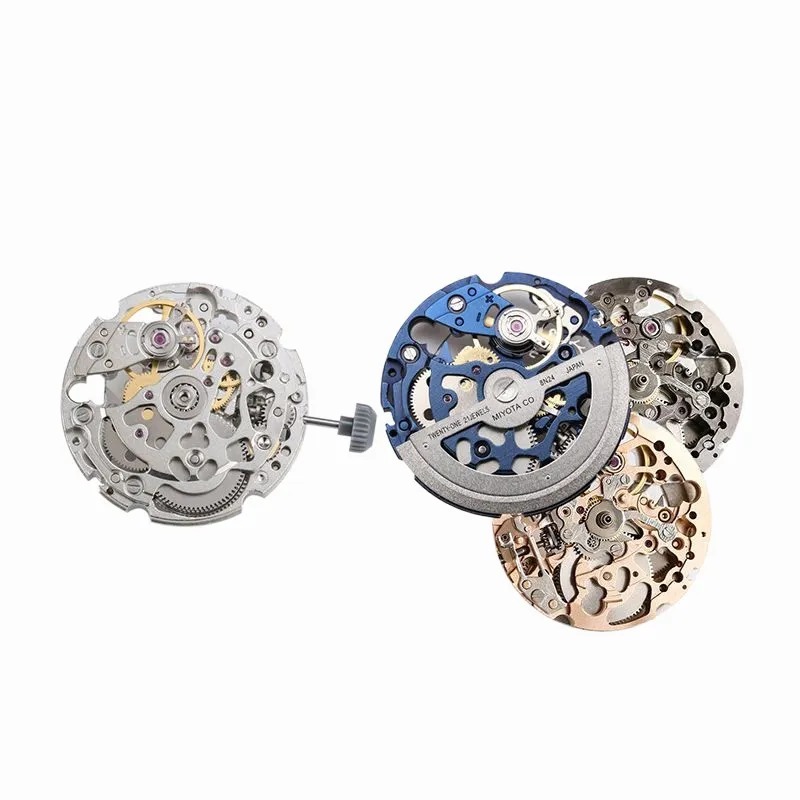
Conclusion
Understanding the parts of a mechanical watch is essential for appreciating the artistry of horology. Each component serves a specific function, working together harmoniously to create a reliable timekeeping device. Whether you are a seasoned collector or a newcomer to the world of watches, this knowledge enhances your experience. By caring for your mechanical watch, you can maintain its precision and beauty for many years to come. Explore the world of mechanical watches and consider starting your collection today. Each timepiece tells a story, and it’s time for you to discover yours.
